What's the total work performed on the gas as it's transformed from state a to state c, along the path indicated?

1,500 J
3,000J
4,500 J
5,000J
The correct Answer is:C
No work is done during the step from state b to state c because the volume doesn't change. Therefore, the work done from a to c is equal to the work done from a to b. since the pressure remains constant (this step is isobaric), we find that W=PΔV=(3.0×105Pa)(25−10)×10−3m3]=4,500J.
Topper's Solved these Questions
- HEAT AND THERMODYNAMICSBOOK - PRINCETONCHAPTER - HEAT AND THERMODYNAMICSEXERCISE - COMPREHENSIVE DRILL
10 Videos
- CURVED AND ROTATIONAL MOTIONBOOK - PRINCETONCHAPTER - CURVED AND ROTATIONAL MOTIONEXERCISE - COMPREHENSIVE DRILL
11 Videos
- KINEMATICSBOOK - PRINCETONCHAPTER - KINEMATICSEXERCISE - MCQ
9 Videos
Similar Questions
A system is taken from state a to state c along the path adc (figure). The amount of heat absorbed is 10cals and work done on the gas is 138J. Calculate the work done on//by the gas when 20cals of heat are absorbed in taking the system from state a to state c along the path abc
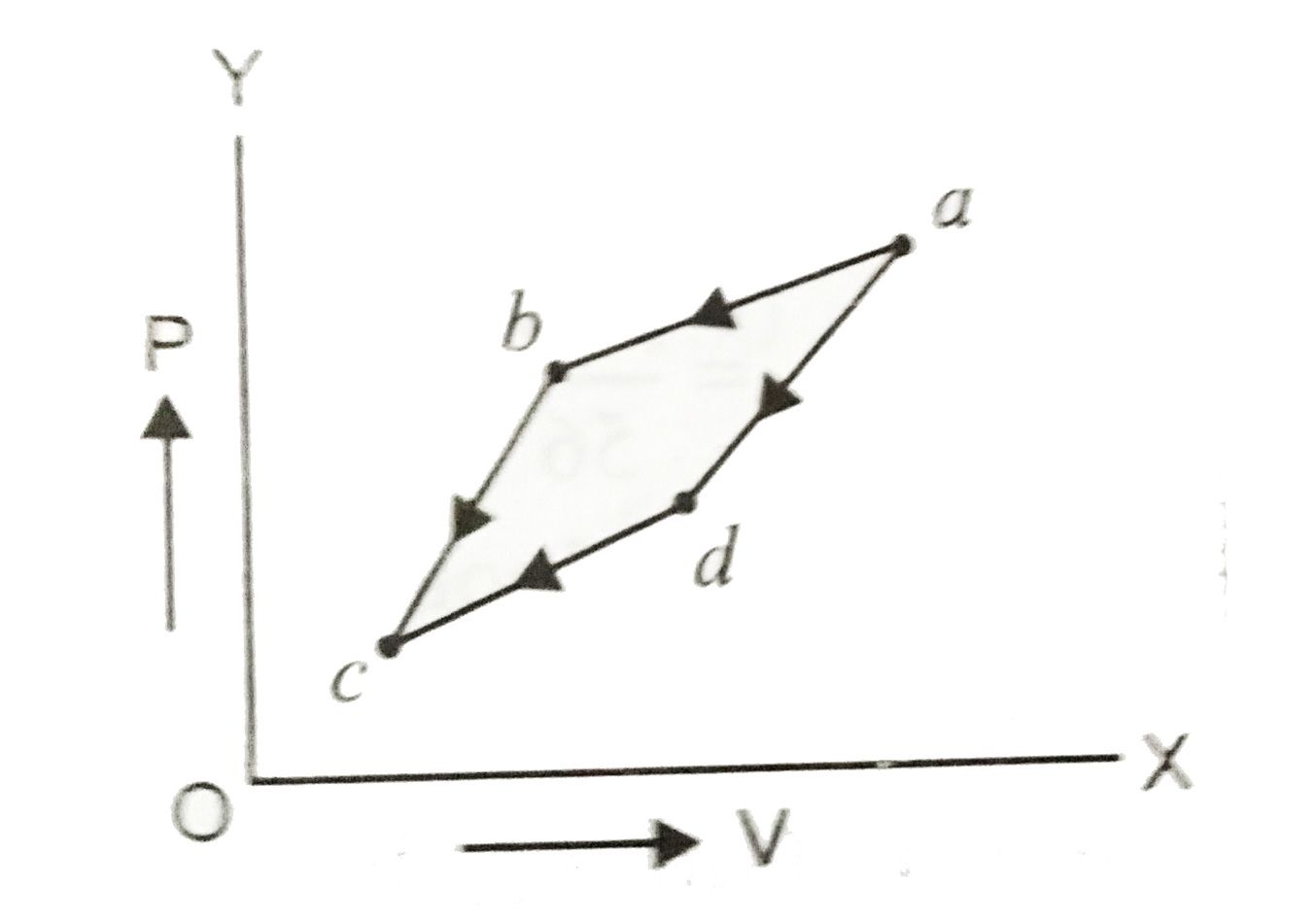
View SolutionWhen a gas is taken from one state a to another state b via one path, it absorbs 25calories of heat while doing 70J of work. How much heat much heat has to be supplied in taking the same gas from state a to state b via another path when it performs 200J of work?
View Solution
Knowledge Check
When a system is taken from state 'a' to state 'b' along the path 'acd', is is found that a quantity of heat Q=200J is absorbed by the system and a work W=80J is done by it. Along the path 'adb', Q=144J. The work done along the path 'adb' is
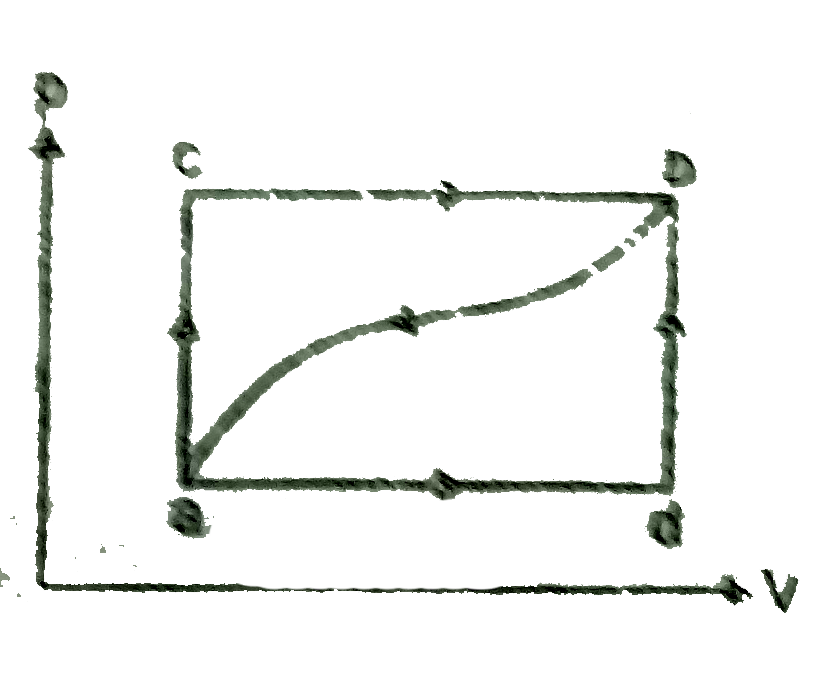 A6JB12JC18JD24J
A6JB12JC18JD24JWhen a system is taken from state 'a' to state 'b' along the path 'acb', it is found that a quantity of heat Q = 200 J is absorbed by the system and a work W = 80 J is done by it. Along the path 'adb', Q = 144 J
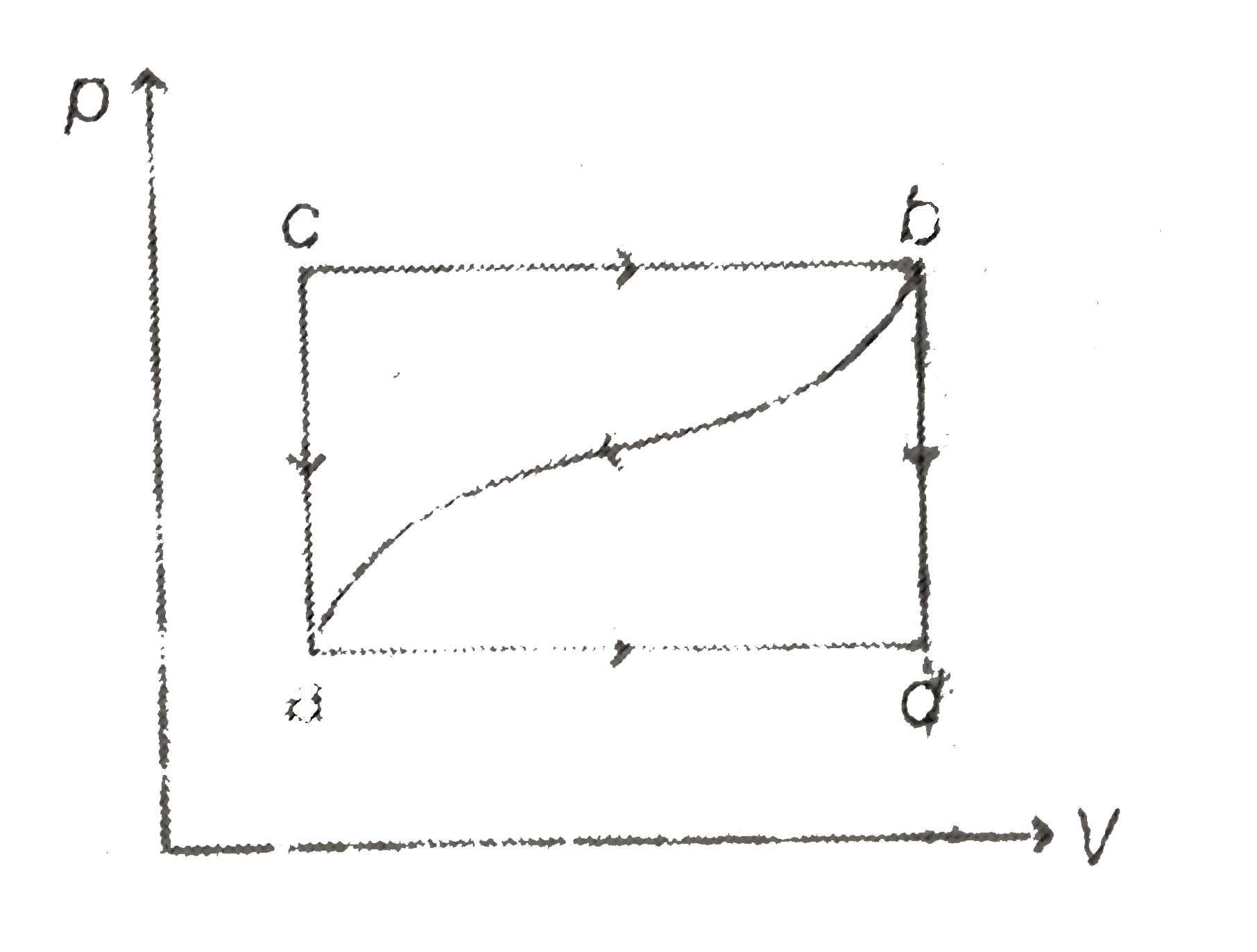
In the above question, if Ud=88J, heat absorbed for the path 'db' isA−72JB72 JC144 JD−144J
In the given figure, an ideal gas changes its state from A to state C by two paths ABC and AC.
_E01_269_Q01.png)
Along which path the work done by the gas is least.
View Solution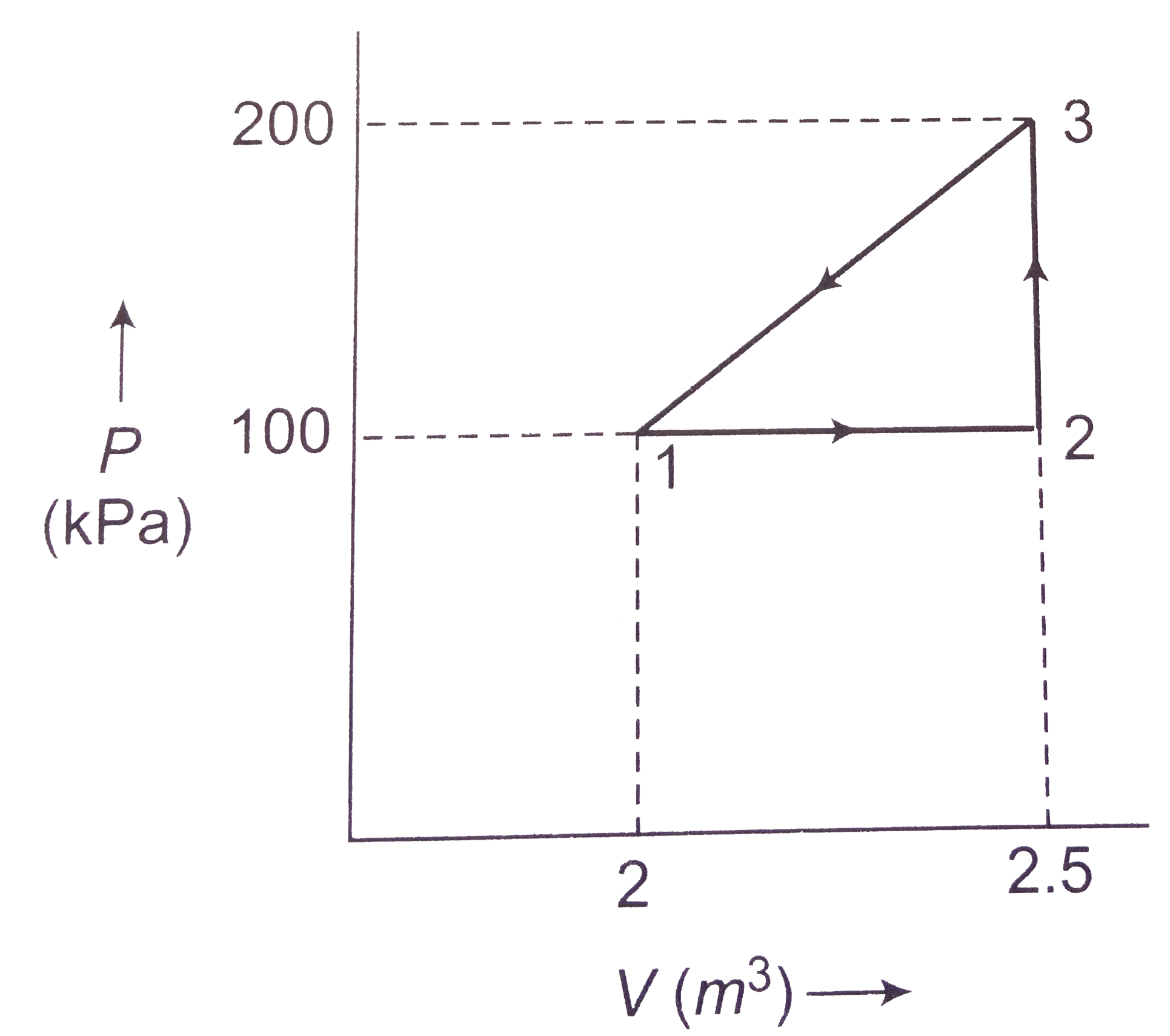
In the figure an ideal gas changes is state from state A to state C by two paths ABC and AC.
(a) Find the path along which the work done is least.
(b) The internal energy of the gas at A is 10 J and the amount of heat supplied to change its state to C through the path AC is 200 J. Calculate the internal energy at C.
(c) The internal energy of the gas at state B is 20 J. Fid the amount of the heat supplied to gas to go from A to B.
View SolutionWhen a system is taken from state 'a' to state 'b' along the path 'acd', is is found that a quantity of heat Q=200J is absorbed by the system and a work W=80J is done by it. Along the path 'adb', Q=144J. The work done along the path 'adb' is

View SolutionWhen a system is taken from state 'a' to state 'b' along the path 'acd', is is found that a quantity of heat Q=200J is absorbed by the system and a work W=80J is done by it. Along the path 'adb', Q=144J. The work done along the path 'adb' is

View SolutionWhen a system is taken from state 'a' to state 'b' along the path 'acb', it is found that a quantity of heat Q = 200 J is absorbed by the system and a work W = 80 J is done by it. Along the path 'adb', Q = 144 J

In the above question, if Ud=88J, heat absorbed for the path 'db' is
View Solutiona thermodynamic system is taken from the state i to statef along the path iaf. It is found that the heat absorbed by the system is 40 cal and work done by the system is 16.19 cal. Along the path i bf, the heat absorbed is 35 cal.
(a) Find the work done along the path i bf.
(b) If W = - 10 cal for the curved return path fi, what is for this path ?
(c) Take Ub=20cal, what is Uf?
(d) If Ub=20 cal, what is for the process ib?
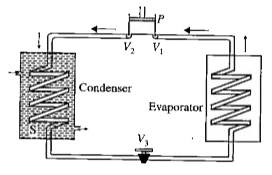
View Solution
